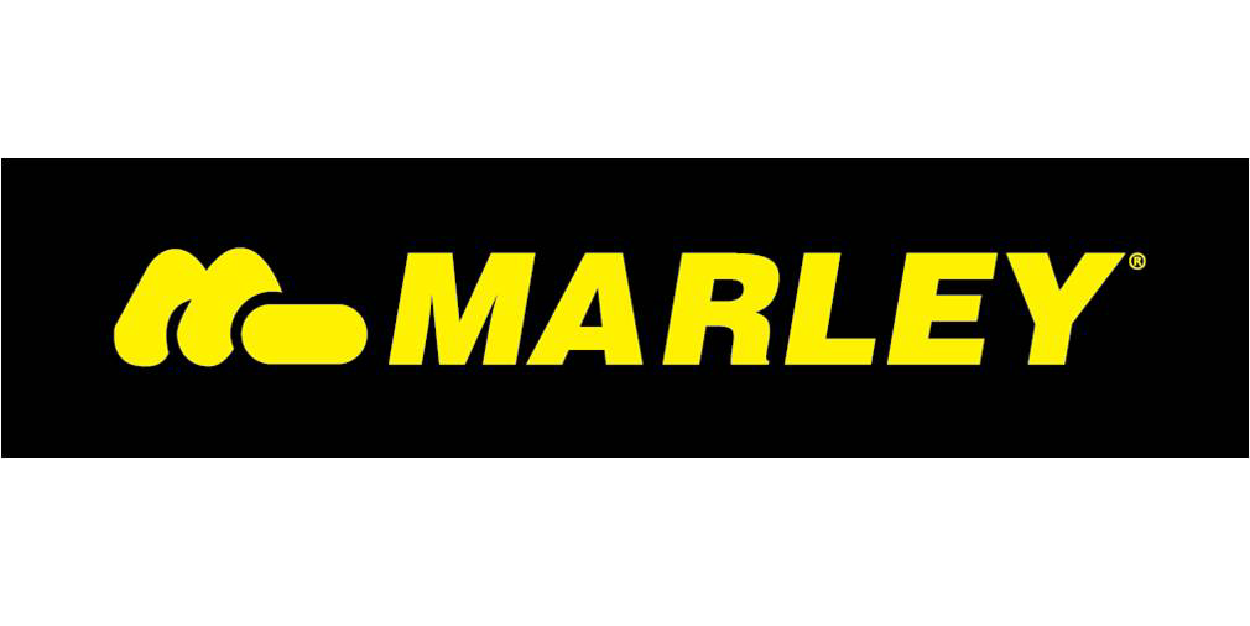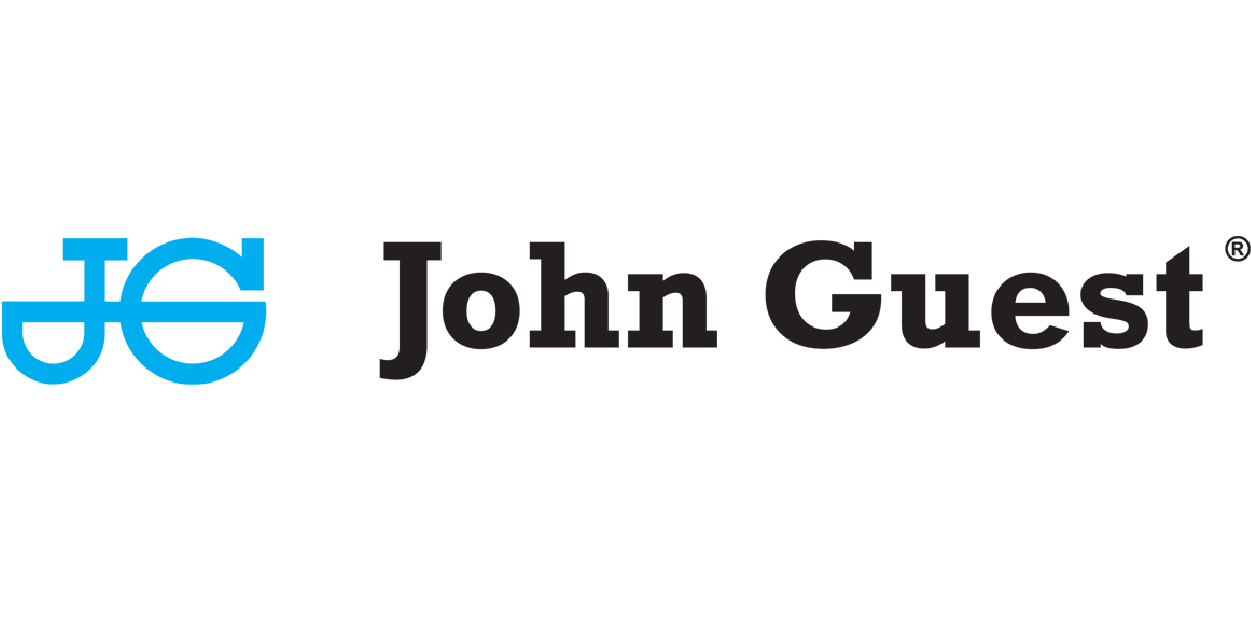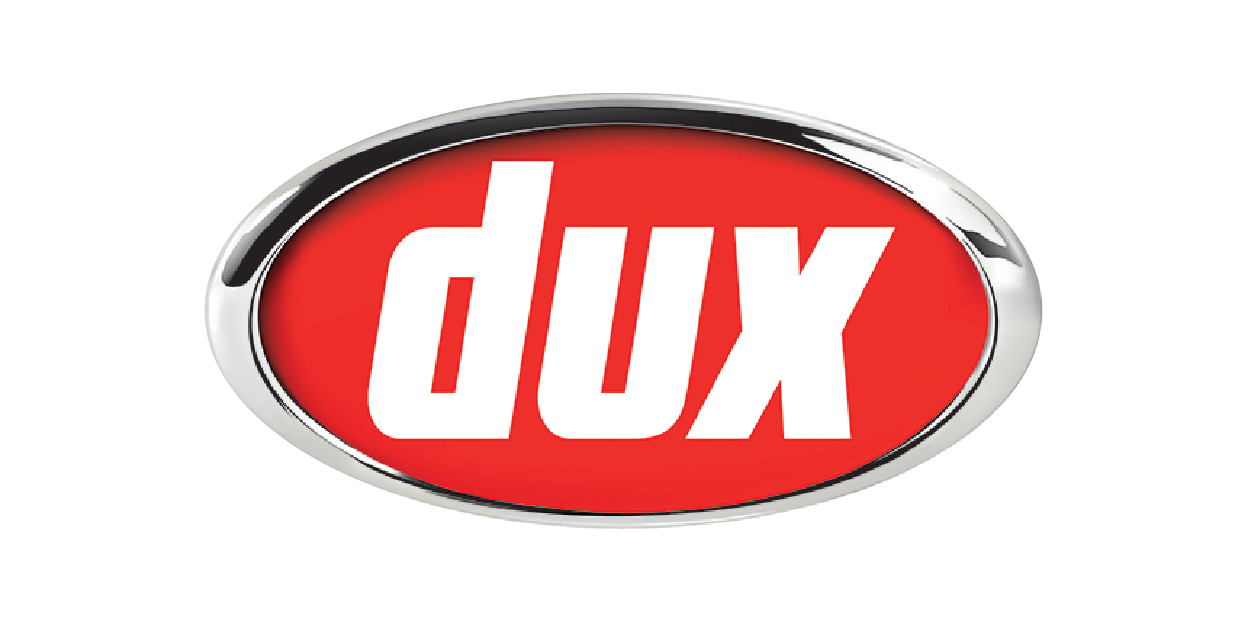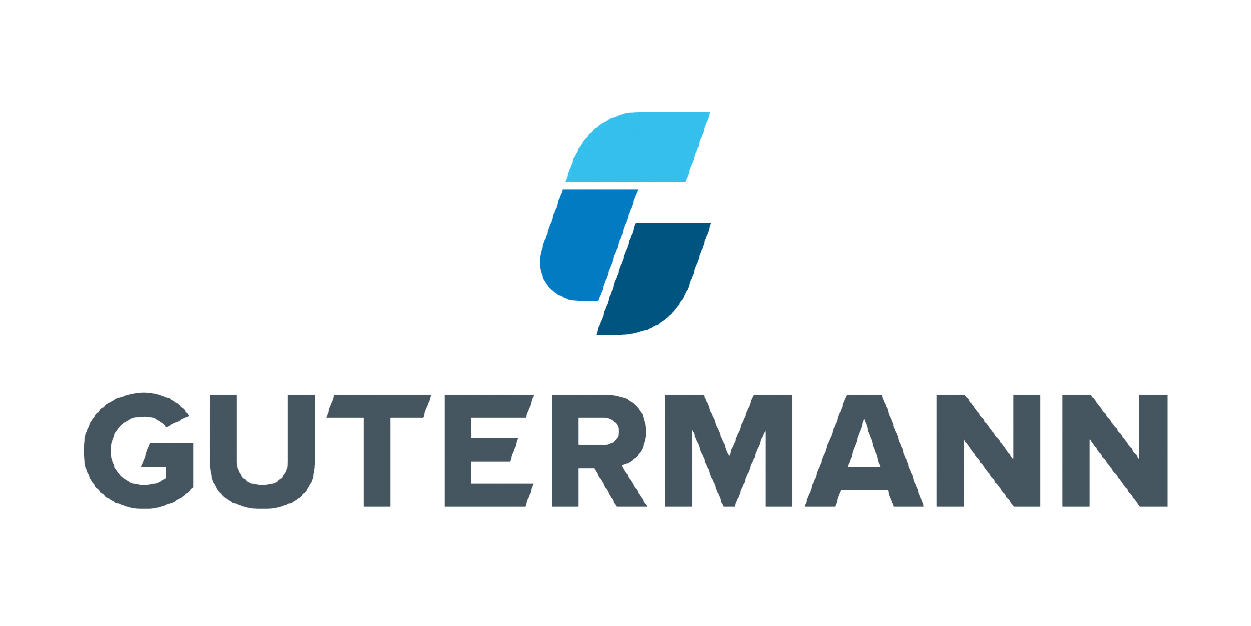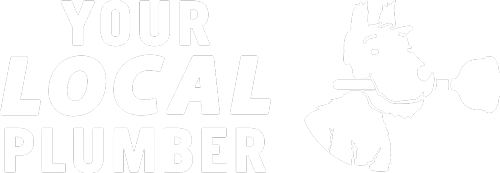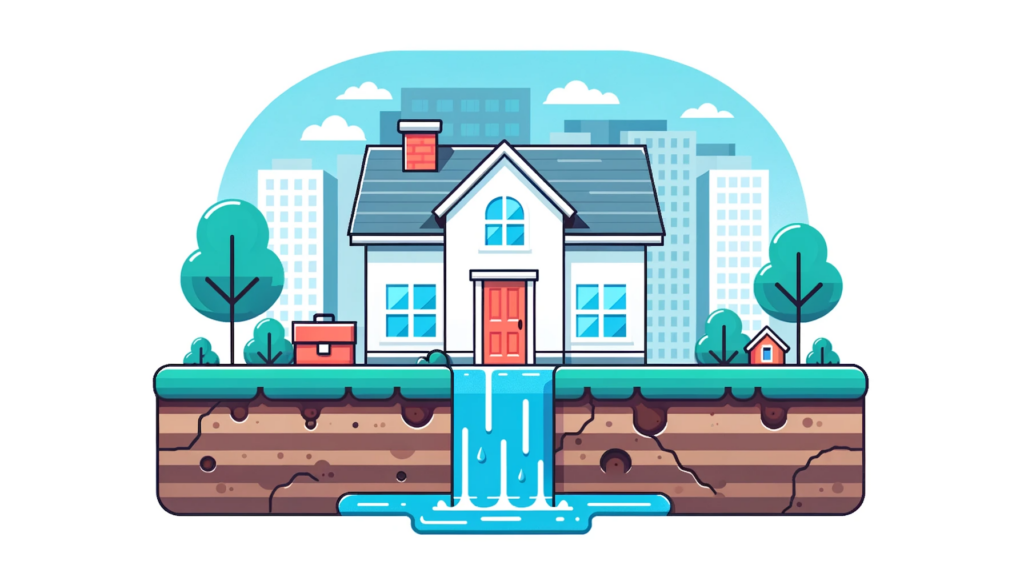
Call Today 09 973 4973 or
Explore the impact of leaks on water resources, and understand how prioritising leak detection aids in environmental stewardship.
Water leaks in plumbing systems and utilities are more than a mere inconvenience; they can lead to significant water waste, affecting both environmental sustainability and economic efficiency. The unchecked flow of water from leaks can strain valuable water resources, contribute to environmental degradation, and lead to increased costs for homeowners, businesses, and communities. This comprehensive examination explores the multifaceted impact of water leaks and underscores the importance of prioritising leak detection and repair.
Environmental Impact of Leaks
Water leaks can have profound environmental consequences. The wastage of water not only depletes natural resources but also affects ecosystems and wildlife. Continuous leaks in agricultural, industrial, and residential settings can lead to:
Soil Erosion: Uncontrolled water flow can wash away the topsoil, leading to erosion and land degradation.
-Aquatic Life Impact: Excessive water withdrawal for leak compensation may reduce water levels in natural bodies, affecting fish and other aquatic organisms.
-Wetland Damage: Wetlands rely on a delicate balance of water levels, and leaks can disrupt this equilibrium, harming plant and animal species that depend on these habitats.
Economic Consequences
The economic impact of water leaks goes beyond individual utility bills. Widespread leaks can lead to:
Increased Water Treatment Costs: Utilities must treat more water to compensate for losses, raising operational costs.
Infrastructure Damage**: Long-term leaks can damage roads, bridges, and other infrastructure, necessitating costly repairs.
Agricultural Losses: Leaks in irrigation systems can lead to waterlogging or dehydration of crops, impacting agricultural yields and food security.
Leak Detection and Prevention
Understanding the consequences of unchecked leaks necessitates a robust approach to leak detection and prevention. Various strategies and technologies can help:
-Regular Inspections: Routine inspections of plumbing systems can identify potential problem areas before they become significant leaks.
Advanced Technology: Acoustic sensors, thermal imaging, and other technologies offer precise leak detection, enabling timely repairs.
-Public Awareness: Educating the public about the importance of water conservation and leak prevention can foster a culture of responsible water usage.
The Role of Regulations and Policies
Governments and regulatory bodies play a vital role in managing water leaks. Implementing and enforcing regulations that mandate regular inspections, adherence to building codes, and the use of water-efficient appliances can contribute to leak prevention and water conservation on a broader scale.
The impact of leaks on water resources is a complex issue with far-reaching environmental and economic implications. Prioritising leak detection, repair, and prevention is essential to preserving valuable water resources and contributing to environmental stewardship. Collaboration between individuals, businesses, communities, and governments can create a sustainable approach to water management, ensuring that this vital resource is protected for future generations.
Suppliers
